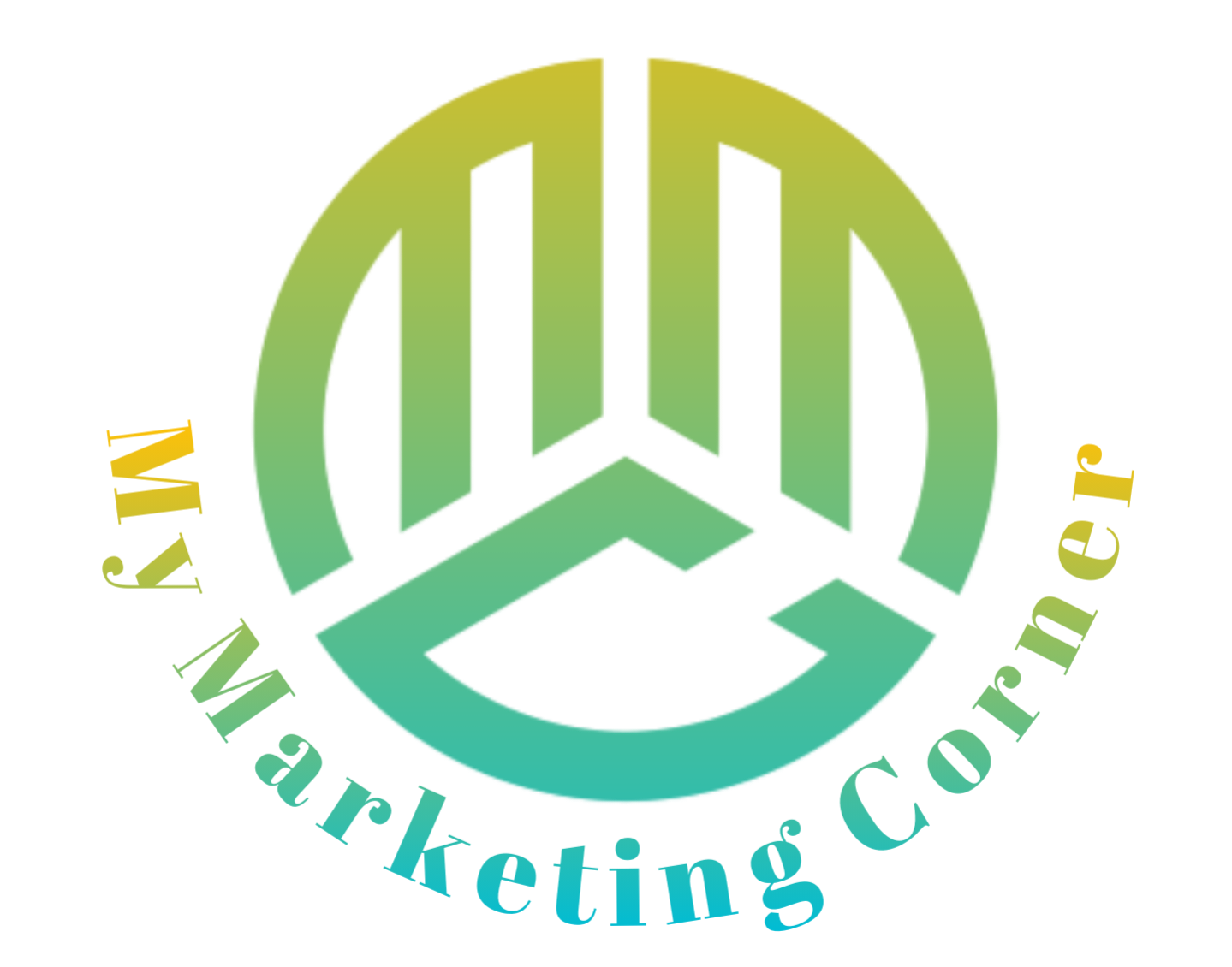If you’re looking to improve your website’s search engine rankings, focusing on homepage SEO is a great place to start. Your homepage is typically the most visited page on your website and serves as the main hub for all of your content. By optimizing your homepage with the right SEO strategies, you can boost your website’s visibility and attract more organic traffic. Here are some effective homepage SEO tricks to help you get started:
- Optimize Your Title Tag and Meta Description
Your title tag and meta description are two of the most important elements of your homepage’s SEO. The title tag is the main headline that appears in search engine results pages (SERPs), while the meta description is a brief summary of your homepage’s content.
To optimize your title tag and meta description, make sure to include your primary keywords and keep them under the recommended character limits (60-70 characters for the title tag and 150-160 characters for the meta description). Use compelling language that entices users to click through to your website and accurately reflects the content on your homepage.
- Use Header Tags to Structure Your Content
Header tags (H1, H2, H3, etc.) are HTML tags that help organize your content and improve its readability. The H1 tag is the main headline of your page and should be used to highlight the main topic or theme of your homepage. Subheadings (H2, H3, etc.) can be used to break up your content into sections and provide a clear hierarchy of information.
Using header tags not only improves the user experience, but it also signals to search engines what your page is about and which keywords are most important. Make sure to use header tags strategically and avoid stuffing them with too many keywords, as this can be seen as spammy and may hurt your rankings.
- Optimize Your Images
Images are an essential component of any website, but they can also slow down your page load times if they’re not optimized properly. Slow load times can negatively impact your SEO, as search engines prioritize fast-loading pages.
To optimize your images, make sure to use the appropriate file format (JPEG for photographs, PNG for graphics), compress them to reduce their file size, and use descriptive file names and alt tags that include your target keywords. Alt tags not only improve the accessibility of your website for users with visual impairments but also provide additional context for search engines to understand the content of your images.
- Include Internal Links to Your Most Important Pages
Internal linking is an important SEO strategy that involves linking to other pages on your website from your homepage. Internal links not only help users navigate your website but also provide search engines with a better understanding of the structure and hierarchy of your content.
When including internal links, make sure to use descriptive anchor text that accurately reflects the content of the page you’re linking to. Also, prioritize linking to your most important pages, such as your product or service pages, as this can help improve their visibility and rankings.
- Optimize Your Page Speed
Page speed is a critical factor in SEO, as faster-loading pages are preferred by both users and search engines. To optimize your page speed, start by testing your website’s load time using tools like Google’s PageSpeed Insights or GTmetrix. These tools will provide you with a breakdown of your website’s performance and offer suggestions for improvement.
Some common ways to improve your page speed include optimizing your images, minimizing the use of large files like videos and animations, reducing the number of HTTP requests, and enabling browser caching. You can also consider using a content delivery network (CDN) to improve the speed and reliability of your website.
- Use Social Media Buttons
Social media buttons can help improve your website’s visibility and attract more traffic from social media platforms. By including social media buttons somewhere on the homepage.






